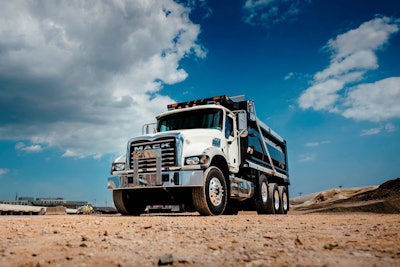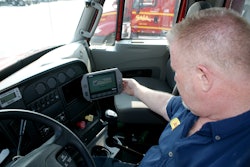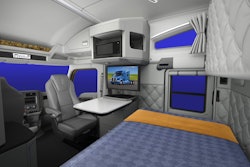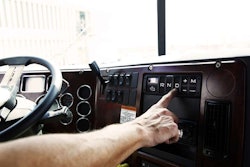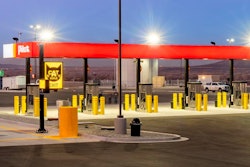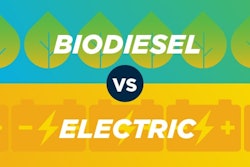Generations ago, vocational trucks were about as basic as you could get; a steering wheel and three pedals.
Trucks that were meant to be battered on the jobsite got very few options not designed for moving payload, but the quest for driver retention and the trickle down of available technologies has begun to change how vocational trucks are spec’d for the job.
“Years ago, if you needed a truck you would go to the dealer and buy something on the lot,” says Ralph Lo Priore, director of fleet assets and processes for Stoneway Concrete. “You rarely had a guy who would spec his own truck.”
Customizing a truck, Lo Priore says, has helped the company cherry-pick the technologies it wanted to adopt that would most benefit its 85 mixers, 65 dumps and 20 tractors.
“We look at the weight savings seriously while considering the engine, axles and body,” says Eli Carro, president of EAC Transport, adding his company prefers aluminum bodies but often compromises with steel due to upfront costs.
“The biggest thing I’m looking at is weight savings versus longevity,” Lo Priore says, adding a decision years ago to go with a lighter dump body resulted in an accelerated replacement rate of the bodies themselves, negating any payload gains. “We’re always trying to figure out what could be the possible payload and if we make it lighter; what is the balance ratio of longevity and your unladen weight.”

